Actor Hugh Grant recently questioned the length of Oscar films, prompting a discussion on the changing runtimes and reasons behind it.
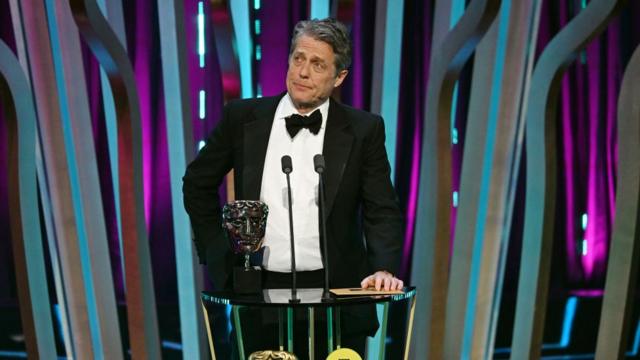
Actor Hugh Grant recently questioned film runtimes – but have they changed and if so, why?
After his role in Wonka, Hugh Grant made a life-size appearance at the Baftas where he channeled his inner Oompa Loompa while presenting the award for best director. During his presentation, he openly questioned the extended length of this year’s awards season contenders.
Grant’s remarks might have been directed at Christopher Nolan’s three-hour epic Oppenheimer, which eventually won the evening’s top prize and is also expected to dominate the upcoming Oscars.
Among the five other Bafta nominees, including The Holdovers, Maestro, and Anatomy of a Fall, all of which are also vying for Oscars, three exceed the two-hour mark.
It might be fortunate that Grant didn’t have to face Martin Scorsese’s introspective American film, “Killers of the Flower Moon,” a favorite at the Academy Awards despite its lengthy 3 hours and 26 minutes runtime, the longest among this year’s best picture contenders.
However, are the nominated films this year indicative of a growing trend? If so, what implications does this hold for audiences, cinemas, and directors?
The tradition of rainy afternoon cinema trips, drawing in families, couples, and individuals, has remained consistent over the decades, although the durations of films have varied.
The evolution of cinema into an all-day affair can be traced back to the 1960s when directors embraced the golden age of the silver screen. For instance, Lawrence of Arabia, released in 1962, exceeded three-and-a-half hours in length. Similarly, Cleopatra, which premiered a year later, originally ran for four hours before being edited down.
Intermissions played a pivotal role during this era, allowing projectionists to switch physical reels and providing audiences with a natural break to visit the restroom and purchase snacks like ice cream.
Advancements in projector technology have rendered intermissions obsolete, with the practice phased out since 1982’s Gandhi, which is considered the last major Western feature to include one as standard.
Over the decades, film lengths have steadily increased, keeping audiences seated for longer durations.
Phil Clapp, the chief executive of the UK Cinema Association, stated that its members are in “ongoing discussions” with studios, distributors, and other relevant parties regarding the potential reintroduction of “structured intermissions,” particularly for films lasting three hours or more.
An analysis by The Economist of over 100,000 feature films released internationally since the 1930s revealed that current popular movie runtimes are at their highest recorded levels.
In recent years, there has been a notable increase in movie lengths. According to Statista research spanning decades, the highest-grossing movies in the US and Canada have, on average, increased by approximately 30 minutes since 2020 alone, reaching 2 hours and 23 minutes by 2023.
Not only franchise blockbusters like Indiana Jones, John Wick, and Avengers: Endgame bear responsibility, but also Oscar-nominated films contribute to this trend. Avatar: The Way of Water, the longest Best Picture nominee of 2023, also crossed the three-hour mark.
Karie Bible, a box office analyst at Exhibitor Relations, notes, “Epic filmmaking has historically thrived at the Oscars across decades.” She points out that the very first Best Picture winner in 1927 was Wings, an aviation epic that ran for two hours and 24 minutes.
According to Bible, epic films often entail grand storytelling, larger-than-life narratives, and extensive emotional investment from audiences. However, this artistic pursuit is now stretching boundaries, leaving audiences with bursting bladders as directors exercise unprecedented creative freedom.
Over the last decade, the rivalry between streaming platforms and traditional cinema has elevated the prominence of directors nearly as much as top-tier actors.
In a bid for credibility and prestige against Hollywood, streaming services have invested substantial sums in directing talent, frequently surpassing the offers of legacy studios, and have seen considerable success.
Prior to teaming up with Apple for “Killers of the Flower Moon,” Martin Scorsese sought funding from Netflix for his Oscar-nominated, three-and-a-half-hour mob film “The Irishman,” revealing to the BBC that he encountered challenges securing financing from Hollywood to fulfill his ambitious vision.
David Fincher, Rian Johnson, and more recently Ridley Scott have been enticed by a similar template. Ridley Scott has even suggested the possibility of unveiling a four-hour version of Napoleon on Apple TV, despite the original cut already nearing three hours.
This trend can diminish producer influence and lead to longer runtimes. Mark Kermode highlighted this dynamic in his podcast review of Killers of the Flower Moon, stating, “We often hear anecdotes about filmmakers clashing with producers over the length of films intended for theatrical release. However, with streaming services, such battles seem less consequential to them.”
Amidst a challenging landscape for traditional film studios, compounded by pandemic-induced financial strains, last year’s strikes, and the allure of home streaming born from lockdown habits, a delicate equilibrium must be struck in Tinseltown.
“Casual moviegoing, where audiences wait until the weekend to choose what to watch, has largely been replaced by the convenience of streaming,” noted Michael Shamberg, producer of Erin Brockovich, in an article aptly titled “Why Are Movies Sooooo Long?” by Vanity Fair’s Natalie Jarvey.
“When audiences venture out to theaters and pay for a movie, they seek a guaranteed emotional payoff for their time and money. They also crave an immersive experience beyond what streaming at home can offer,” Shamberg added.
The ripple effect of “event” cinema, heavily influenced by social media hype, has made the industry—and cinemas themselves—dependent on blockbuster titles like Top Gun: Maverick in the post-lockdown era or Oppenheimer last year to compensate for diminished drawing power.
Considering Nolan’s popularity as a director, the widespread success of “Oppenheimer,” ostensibly a three-hour historical biopic, significantly profited from the Barbenheimer phenomenon—an unintentional marketing boon.
Apart from that rare occasion, the strong inclination to opt for longer films appears to be diminishing to some extent among cinemas, audiences, and directors.
According to Clapp, cinema chains may encounter challenges when dealing with an influx of lengthy films, as this results in fewer screenings, reduced variety, and ultimately, fewer tickets sold. The revenue loss from ticket sales can only be partially offset by sales of popcorn, fizzy drinks, or premium seating options.
“We don’t intend to impose strict guidelines on creative freedom, but there’s a segment of the audience seeking a pause,” he mentions, suggesting the possibility of intermissions and the associated snack opportunities.
Vue, a cinema chain, was one of the few globally to opt out of distribution agreements and experiment with intervals during screenings of Killers of the Flower Moon.
“Feedback indicates that customers are interested in the return of intermissions,” stated Tim Richards, Vue’s CEO, in an interview with The Guardian last October. “We’ve received 74% positive feedback from those who have experienced our intermissions.”
Clapp characterizes the situation as an ongoing discussion, particularly as intermissions persist in other international markets.
“The worry is that interrupting the flow of the narrative at any point may disrupt the film’s structure, but with careful planning, this doesn’t have to be the case – arguably, people getting up during a film causes more disruption,” he explains.
Scorsese emphasizes the importance of dedicating oneself to cinema, criticizing the tendency towards binge-watching TV at home. He argues that sitting through lengthy theater performances warrants respect for the medium, urging viewers to honor cinema.
In contrast, Alexander Payne, the mastermind behind Holdovers, expresses frustration with the proliferation of excessively long movies, advocating for the shortest possible versions.
Christopher Nolan prioritizes the audience’s connection with his films, considering himself a representative viewer. He crafts movies that align with his personal cinematic preferences, as he explained to BBC Culture editor Katie Razzall.
Despite Nolan’s dedication to longer narratives, younger audiences, often associated with shorter content consumption like TikTok and YouTube shorts, may not find appeal in his epics, which frequently approach three-hour runtimes.
According to Dune director Denis Villeneuve, Oppenheimer’s success signifies the contrary. He contends that younger audiences are inclined towards watching and paying for longer films, as long as they offer “something substantial.” Villeneuve asserts, “They are craving meaningful content,” as stated in The Times.
Dune: Part Two, which premiered last week, exceeds the original film’s 155-minute runtime by ten minutes, delivering a total of five hours of desert adventure.
Showcase Cinemas, a nationwide chain, presented both installments consecutively on opening night.
Hugh Grant made some waves with his comments about Oscar films being ‘frankly too long.’ It’s got us all thinking – are the acclaimed movies that grace the stage each year really dragging on? While some of us do love a good marathon viewing session, is there merit to Hugh’s observation? When we settle in for a flick, are we more likely to reach for a movie with a shorter runtime? Or do we thrive on the epic tales that unfold over three hours or more? Let’s dive into the debate and dissect what makes a truly compelling Oscar-worthy movie, regardless of its length. Are you Team Hugh or Team Epic? Let’s kickstart this conversation!
Read More: Hugh Grant Says He Can’t ‘Unsee’ Naked Oompa Loompa Image The ‘Wonka’ Director Sent Him
Disclaimer:
This content is AI-generated using IFTTT AI Content Creator. While we strive for accuracy, it’s a tool for rapid updates. We’re committed to filtering information, not reproducing or endorsing misinformation. – Jomotoday for more information visit privacy policy

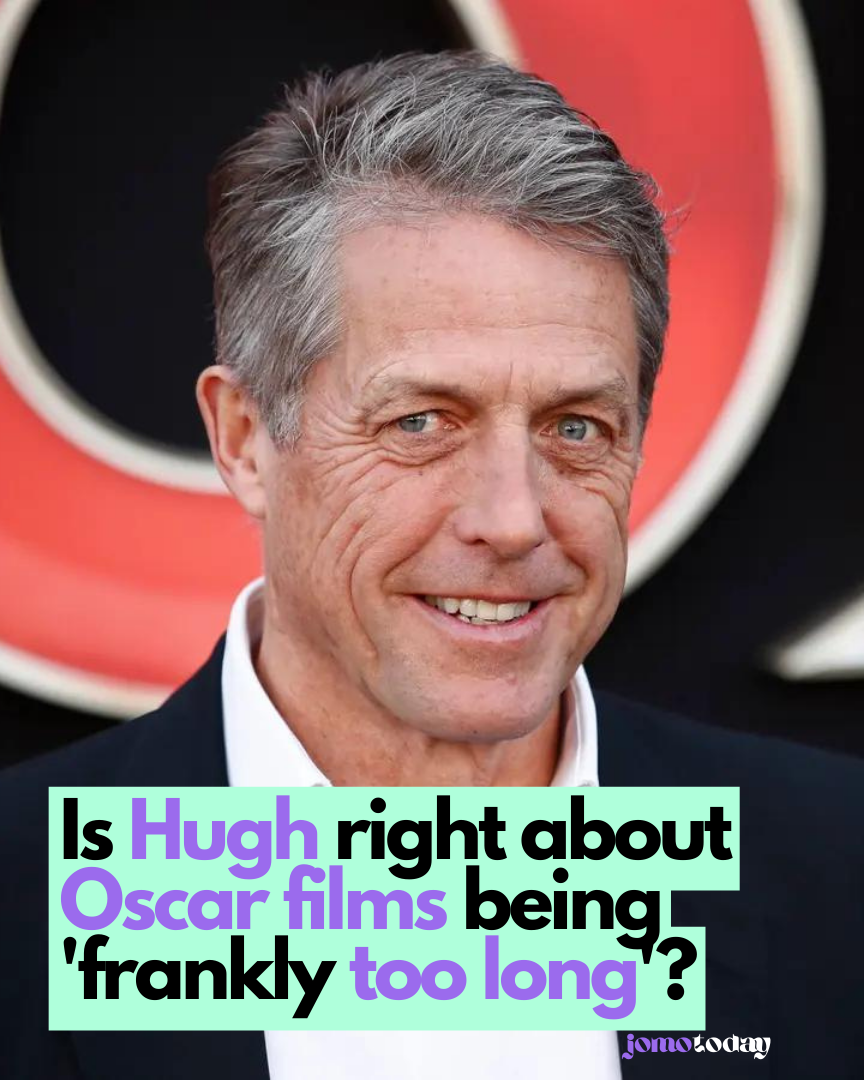
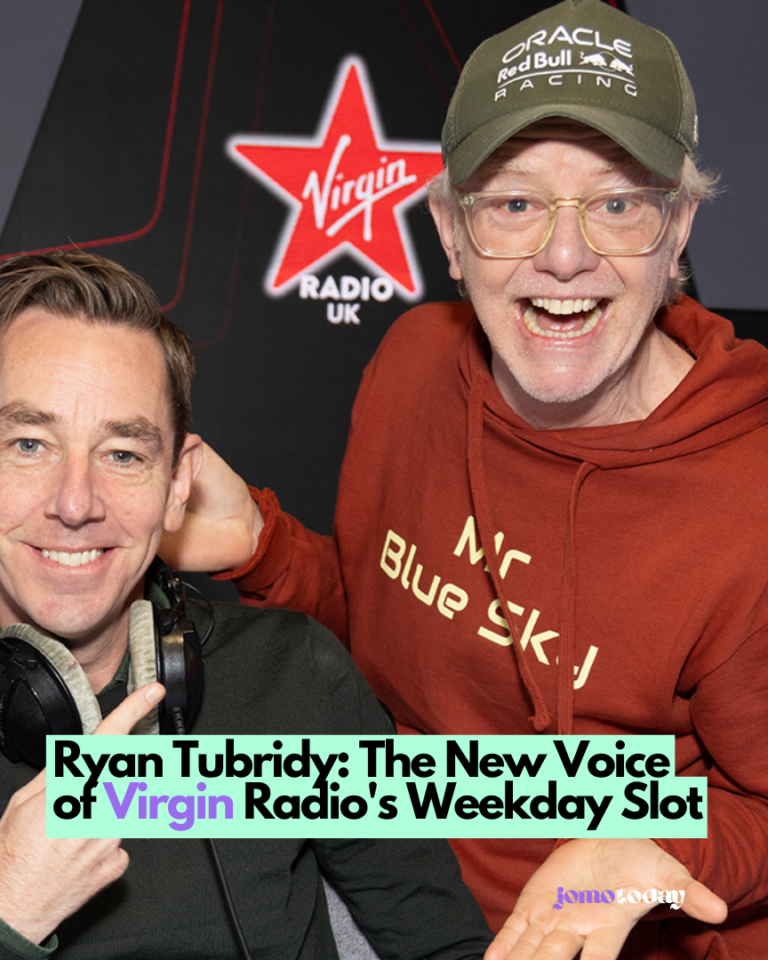
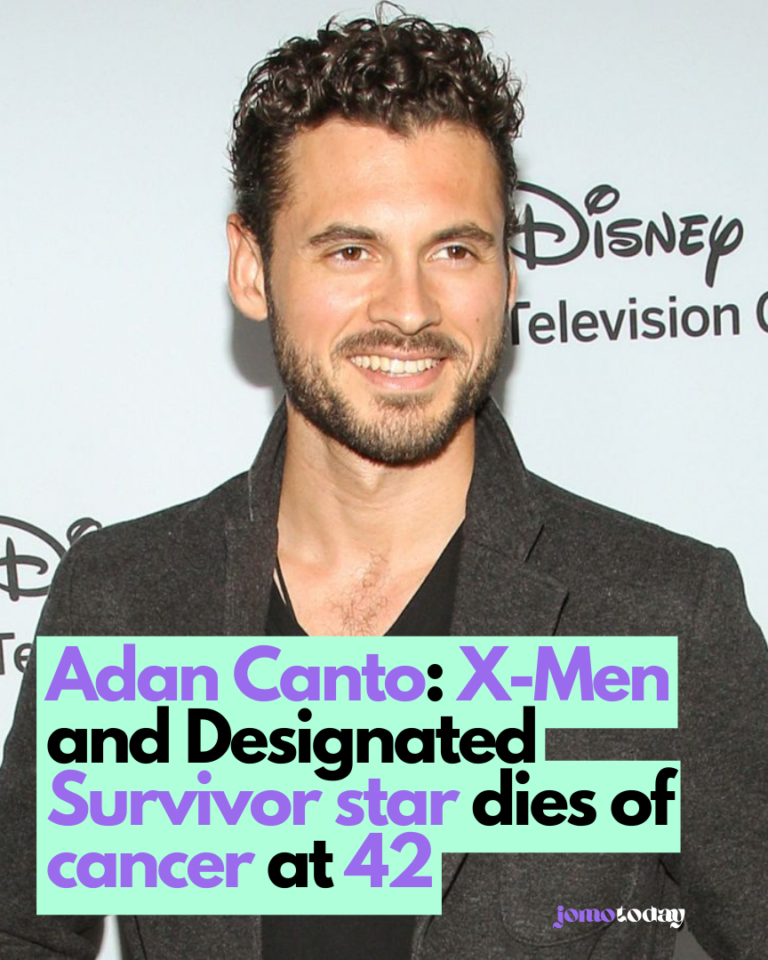
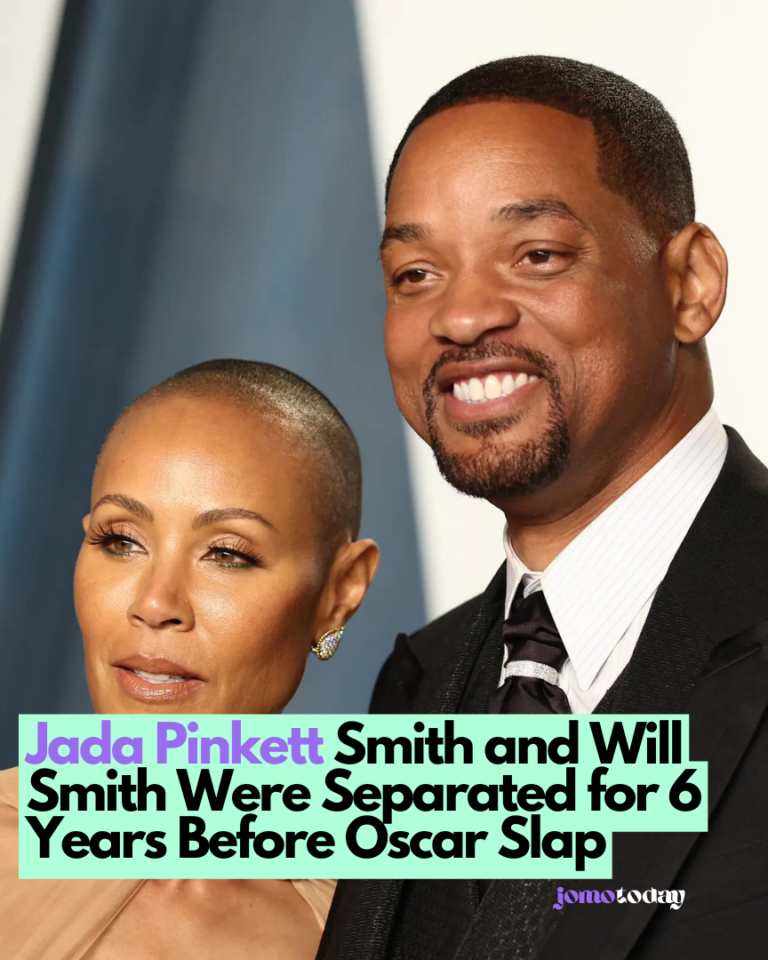
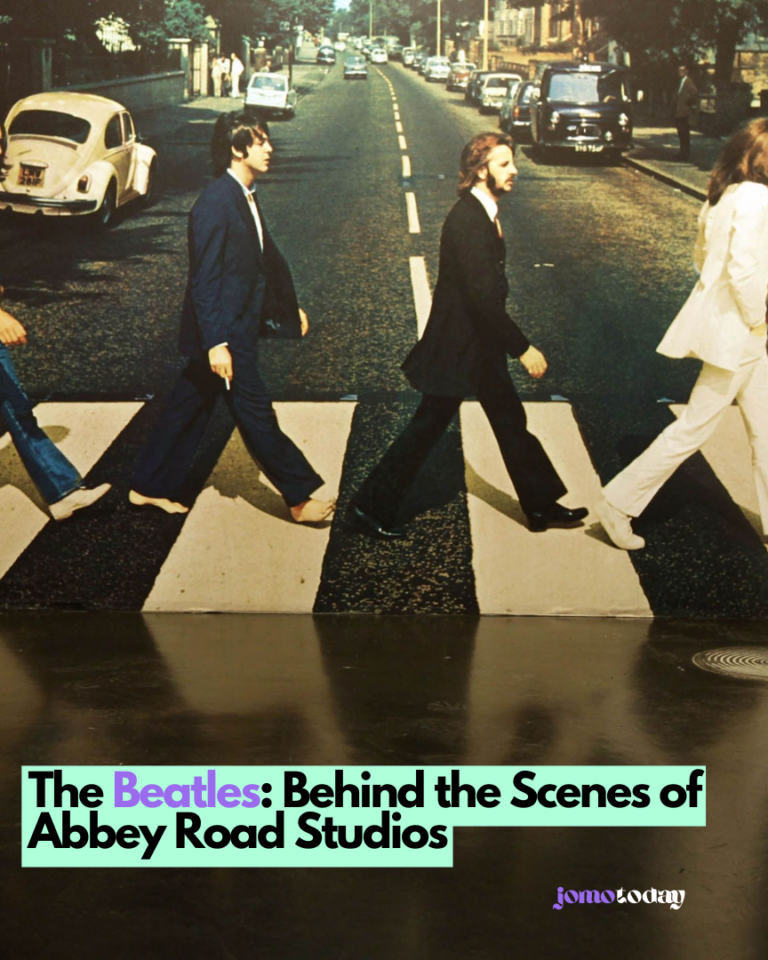
Leave a Comment